Author: Jana Tejkalová
As part of the Open House Europe international volunteer exchange, I visited the Open House Tallinn festival on the second weekend of October. The decision that I would go to the festival was made very unexpectedly, because my fellow volunteer Markéta, who was originally supposed to attend, unfortunately fell ill, so I bought my plane tickets three days before the festival and started looking forward to this beautiful city… I wasn’t going to an unknown place; I had visited Tallinn before and it really appealed to me.
Tallinn is the capital of Estonia and in terms of population it is about as big as our Brno. It combines the history of a rich medieval Hanseatic city, called Reval in German, with the Scandinavian north and also the proximity of Russia and its imperial influences.
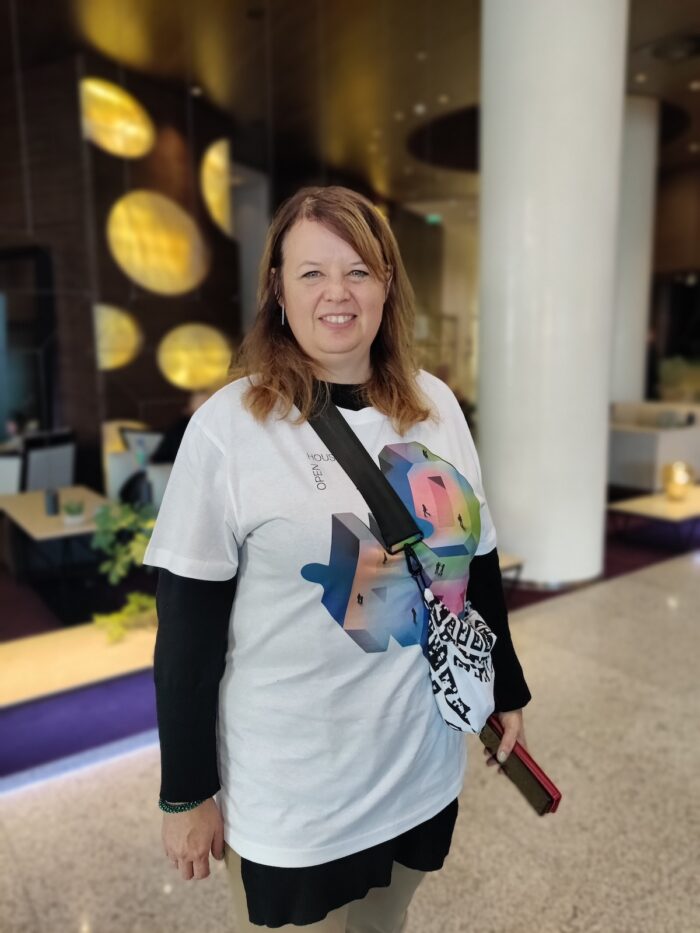


The accommodation alone, which our Tallinn hosts booked for eight international exchange volunteers, was an experience for architecture lovers. The Hektor Container Hotel was originally a late 19th-century railway depot building, built of bricks and supported by truss columns, with large steel-framed windows and a cast-iron floor that holds shipping containers. These are located on two floors on landings sheltering the utilities. One container equals one hotel room with amenities. Each of the wood-paneled rooms has been customized with references to what could be loaded into such a shipping container.
For example, my room referred to 11 tons of cinnamon that could be used to produce cinnamon rolls for the whole of Latvia. Beautiful, fitting, functional, original… In fact, you’ll find many such beautiful converted buildings all over Tallinn. Whether they are buildings originally used as port warehouses, factories, or other industrial buildings. The original coal boiler house, for example, is also home to the Estonian Centre for Architecture, which is the main organizer of the festival, as well as the office and training room of Open House Tallinn 2024. I headed there on Friday evening to pick up everything I needed as a volunteer.

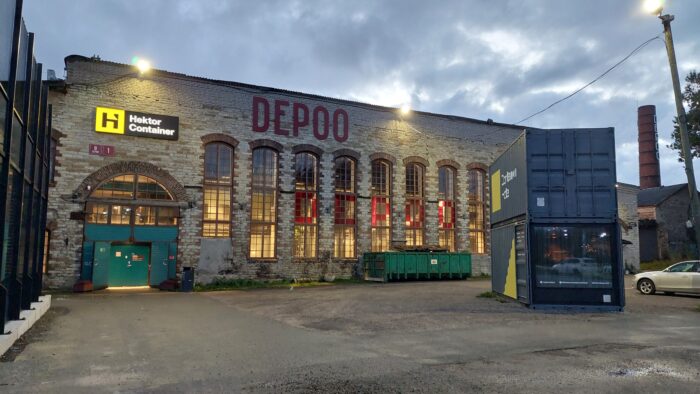

On Saturday, after a short training session, all the international volunteers and I went to our respective buildings to act as coordinators. I was assigned to Swissôtel, the tallest building in Tallinn. Completed in 2007, it serves as a hotel that has 30 floors, 117 meters in height, and offers a beautiful view of the whole city and its surroundings. The hotel includes a presidential suite, which was also accessible as part of the festival tour, but of course it was the views that attracted visitors the most, especially from the top floor, which features a restaurant and a bar.
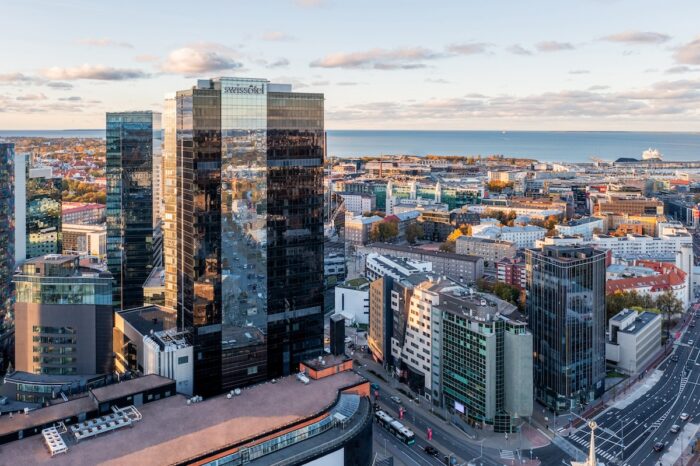
And because the weather was beautiful, the views were breathtaking, both of Toompea Castle Hill and the old town of Vanalinn, which is elevated compared to the rest of the terrain, and of the harbor, where ferries from other Scandinavian cities arrive every few minutes. Likewise visible were the prefabricated housing estates – a legacy of the Soviet era, Lake Ülemiste, and the famous TV tower, which was built to broadcast the 1980 Olympics and was fought over by Estonians against Soviet troops in 1991. Actually, there are more monuments related to the Olympics, especially the sailing part of the Games, whether it’s the Pirita sports harbor in the east of the city, or the so-called Linnahall near the harbor.



On Sunday, there was a program for us foreign volunteers, namely two English tours in the Tondi district. This district is located in the south-west of the city and was originally a farmstead. At the beginning of the 20th century, the Tsarist army started to build barracks near the railway. The long brick buildings of the barracks are still standing today; some have been converted to serve a new purpose (school, hotel, offices), some are still waiting. On the steep hill, there are new buildings for housing, which, as is customary in Tallinn, repeat some elements from the neighboring historical buildings (color or shape).
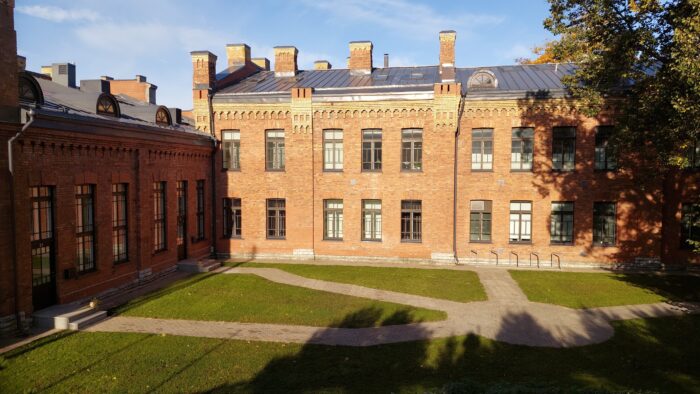
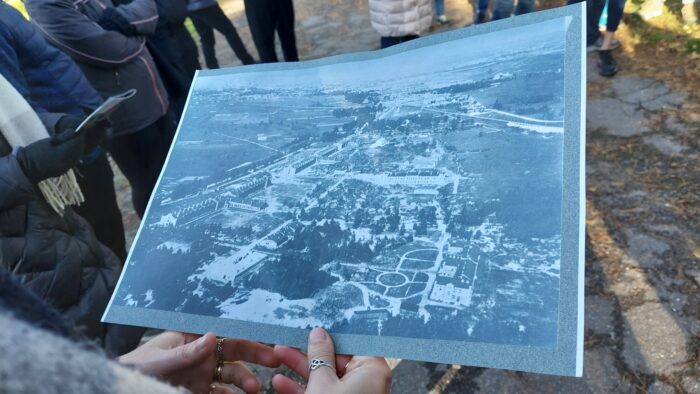

The historic center of the town has retained much of its fortifications, including some of the entrance gates, the largest of which is the so-called Fat Margaret, which was used to enter the harbor. The main square features the town hall with its tower and the 14th-century Olde Hansa building with a medieval tavern. In the eastern part of the square is a house with the oldest and still functioning pharmacy in Europe. Here you can see historical medicine jars and other pharmacy equipment, and also buy medicine. Elsewhere in the town, you can see a number of Hanseatic merchant houses from the 14th to 16th century, which typically have large windows and ramps for lifting goods.
In the northern part of the old town, there is the Church of St. Olaf, whose tower also used to serve as a lighthouse, thanks to its proximity to the harbor. You can climb up the stairs to the tower…
On Sunday afternoon, we went to Kadriorg Palace, which is surrounded by a large English park and located 10 minutes by tram from Vir. This palace dates from the early 18th century and was built by Tsar Peter I as a summer residence for his wife Catherine, to whom the palace’s name refers. The palace later housed Estonian governors. Here we got to the shelter, which was all damp due to the proximity to the sea, and I don’t know how anyone would be able to survive atomic danger here.


Not far from the town gate Fat Margaret, near the harbor, you will also find a modern monument of Estonia, a cruiseferry that sank on 28 September 1994. Because the 30th anniversary had recently been commemorated, the site was full of flowers and wreaths.
Open House Tallinn 2024 opened a total of 41 buildings during the weekend, nearly 9,000 visitors came, and tours were held from 11 am to 5 pm. I must note that the festival visitors are people who love architecture, discover their city and are interested in their surroundings, similar to our Open House Prague festival. The idea of open houses, enthusiastic volunteers, and curious visitors connects everywhere. And I don’t believe at all what the stand-up comedian said at the after-party after the festival: that in Estonia the 1st language is Estonian, the 2nd is silence, and the 3rd is English.
Thank you and see you soon, Tallinn. Aitäh. Näeme varsti! Tallinn.

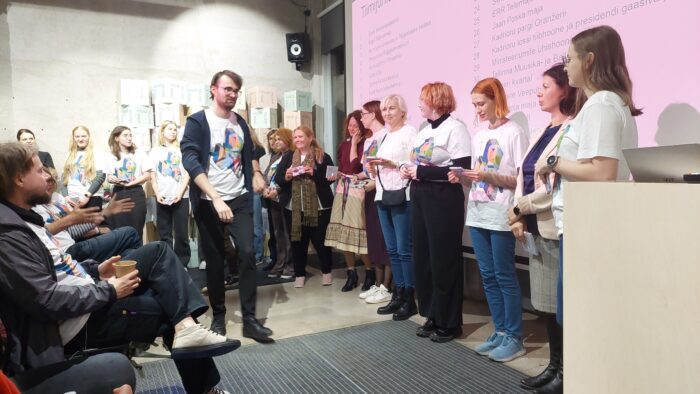

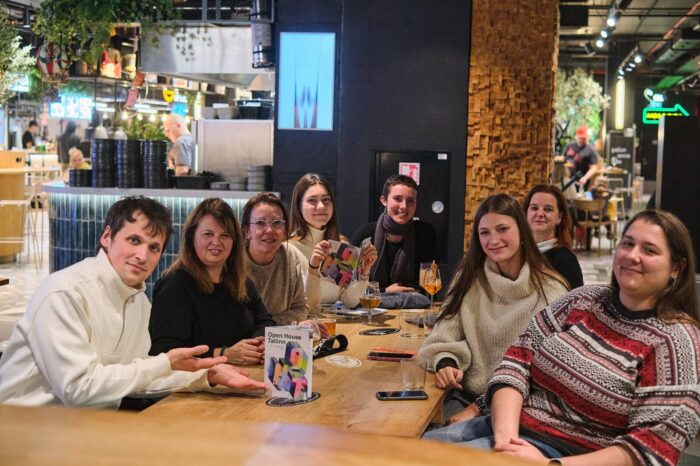


The volunteer exchange is part of the Open House Europe project.

Comments are closed here.